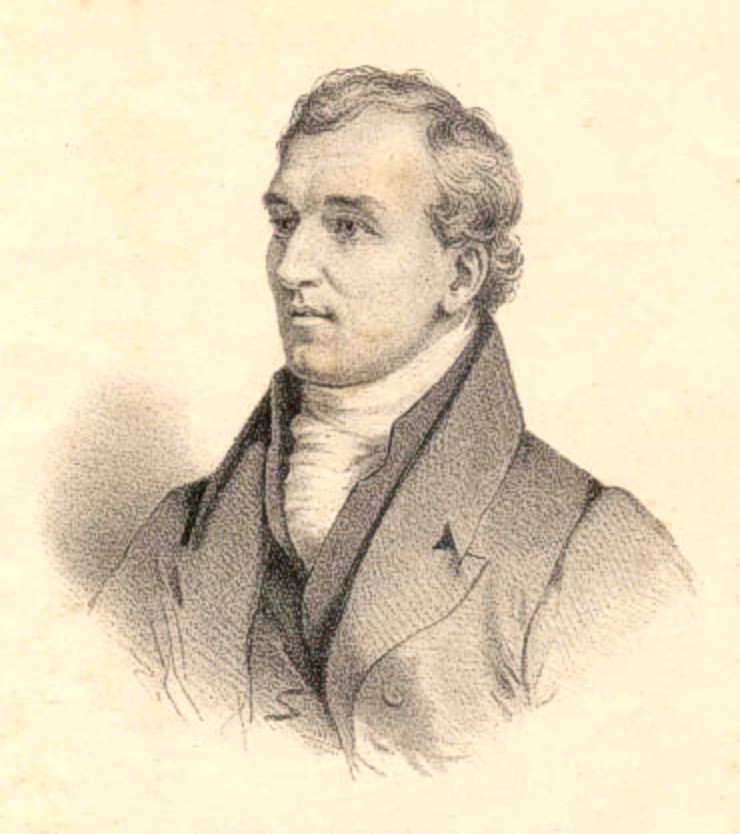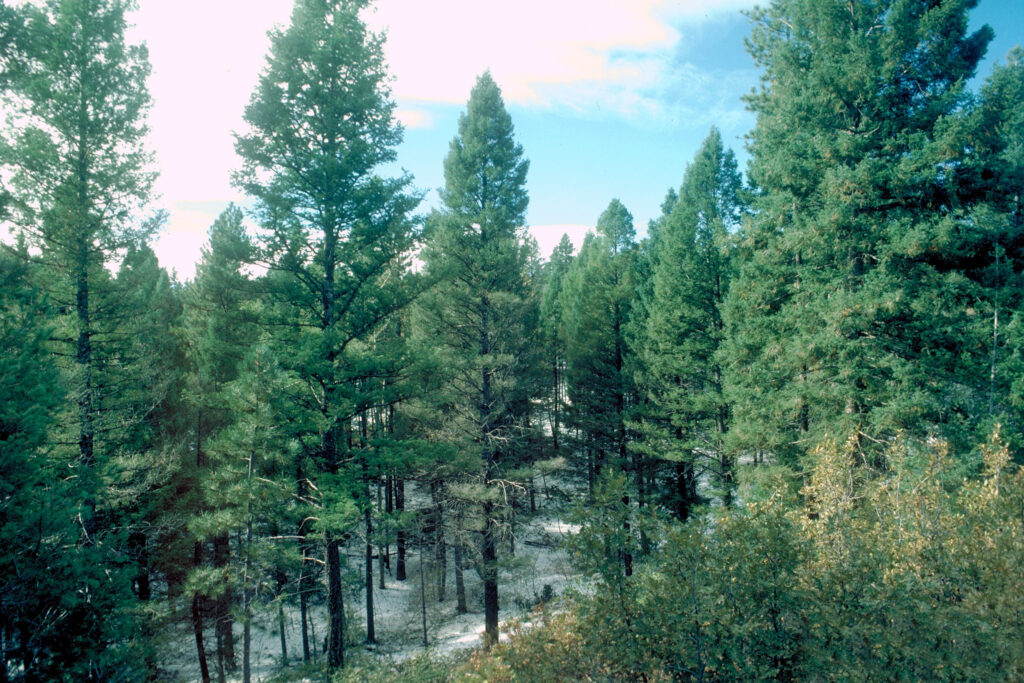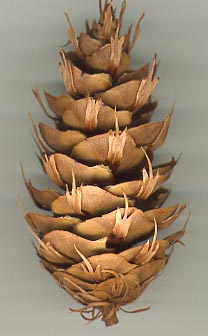If you’ve ever wondered why a species is named what it is—for example, why is that horse from Mongolia named Przewalski’s horse?—today can solve one of those questions. Not about Przewalski’s horse, but about the Douglas-fir.

David Douglas was born in Scotland on June 25, 1799 (died 1834). As a boy, Douglas loved nature, so when he finished primary school, his father sent him to apprentice with a local gardener. The work proved successful, and soon Douglas had landed a position with the Botanical Gardens in Glasgow. His boss there was a famous botanist, William Hooker, who saw the potential in Douglas—Hooker said that Douglas showed “great activity, singular abstemiousness and energetic zeal.” He got Douglas a job with the Horticulture Society of London as a plant collector for the expeditions that were occurring around the globe; his task was to discover interesting species that could have value back in England—especially oaks, fruit trees and garden plants—and send living specimens back.
This task consumed the rest of Douglas’ life. His first voyage had him headed to China, but a diplomatic scuffle between England and China changed the plans. Instead, in 1823, he collected in the eastern United States and Canada, sending back many varieties of fruit trees and other plants. His success led to a bigger challenge—in 1825, he joined an excursion of the Hudson’s Bay Company to establish their headquarters at Fort Vancouver on the Columbia River (today’s Vancouver, Washington).

For two years, Douglas roamed the forests of the Pacific Northwest, walking 4,000 miles and usually accompanied only by his dog and a Native American guide. He returned to England in 1827, but came back for another expedition in 1930, spending three years further exploring in Oregon, Washington, California and, eventually, Hawaii. During his time as a roving botanist, Douglas described about 250 plants that were unknown in England, sending home specimens of many. Among them were evergreen species desirable for the lumber trade—Sitka spruce (now the most widely planted lumber species in Europe), sugar pine, western white pine, ponderosa pine, lodgepole pine, Monterey pine and others. The profusion of new pines was so amazing that Douglas wrote to his mentor, William Hooker, “you will begin to think I manufacture pines at my pleasure.”

One species of particular importance was named for this exploring botanist, the Douglas-fir (the name is also written as two words, Douglas fir). For many years, the scientific name of the species also recognized Douglas, but a description was found by an earlier naturalist, so the species was renamed for him, as Pseudotsuga menziesii. Douglas-firs are among the most common forest trees in the Pacific Northwest, grown and harvested for their many uses, from timber beams to lumber to paper fiber. The trees can be huge—taller than 300 feet, and more than 11 feet in diameter. In 1936, Oregon declared the Douglas-fir the state tree, and David Douglas holds a special place in Oregon’s history as botanist and explorer.
David Douglas lived an adventurer’s life, and he died an adventurer’s death. When just 34, he was exploring the Mauna Kea volcano on the island of Hawaii. Wild cattle roamed the landscape, and cattlemen dug large, deep pits to trap unwary cattle. Douglas traveled with an experienced guide who led him around these pits, but when they reached an elevation where the pits stopped, the guide left Douglas on his own. Douglas, however, backtracked to lower elevations and fell into a trap. A bull was already in the trap, or perhaps fell in later. In either case, when passers-by noticed Douglas’s dog sitting by the edge of the trap, they found Douglas’s mutilated dead body at the bottom of the pit.
The lesson: look up at the beautiful trees, but look down once in a while, too.
References:
Discovering Lewis & Clark. David Douglas (1799-1834). Available at: http://www.lewis-clark.org/article/487. Accessed March 7, 2020.
Lang, Frank A. David Douglas (1799-1834). The Oregon Encyclopedia. Available at: https://oregonencyclopedia.org/articles/douglas_david/#.XmLhSGhKhRY. Accessed March 7, 2020.
Lang, Frank A. Douglas-fir. The Oregon Encyclopedia. Available at: https://oregonencyclopedia.org/articles/douglas_fir/#.XmPS8WhKhRY. Accessed March 7, 2020.
Oregon History Project. David Douglas. Available at: https://oregonhistoryproject.org/articles/biographies/david-douglas-biography/#.XmLjGmhKhRY. Accessed March 7, 2020.
The Douglas Archives. David Douglas. Available at: http://www.douglashistory.co.uk/history/daviddouglas.htm#.XmPQvmhKhRY. Accessed March 7, 2020.
